|
Found on trees, logs, rock and soil
Seen in April at Abiquiu Lake So far this year it has been hard to find many plants in bloom, some Purple Mustard, a few Filaree and Dandelions. Although not a plant with a bloom, this pretty lichen on a rock caught my eye. Lichen are interesting and amazing organisms which are actually fungi that cultivate algae for survival. The algae provide the lichen with carbohydrates, vitamins and proteins, while the fungus provides the algae with protection from the elements. The lichen is the product of this symbiotic relationship. Although sometimes plant-like, they are not plants; they do not have roots, stems or leaves. They are slow-growing and can survive in harsh environments on trees, logs, rocks and soil, from hot deserts to the Arctic, and cover about 7% of the Earth’s surface. They convert carbon dioxide in the atmosphere into oxygen and can absorb pollutants in the air. Having lichens growing where you live is a good thing; it means the air you breathe is clean. Lichens have been used for many things by both animals and humans. They provide forage and shelter for elk, deer, birds, and insects. The rufous hummingbird uses it to build its nest. Humans use lichens for dyes, clothing, and decoration, including the tartans of Scotland. A few crofters still produce Harris Tweed using lichen. An added advantage over synthetic dyes is that bitter lichen acids repel moths. A variety of products use lichen in their ingredient lists today, for example, in deodorant, toothpaste, salves, extracts, and perfumes. In Japan, they use lichens in paint for its anti-mildew properties. Lichens in traditional medicine are most commonly used for treating wounds, skin disorders, respiratory and digestive issues, and obstetric and gynecological concerns. Source. There are about 20,000 known species of lichen, I think this is Salted Shield Lichen, Parmelia saxatilis, but I am no expert. An old naturalist joke to remember what lichen is: “Freddy the fungus and Alice the alga met and took a lichen to each other. She thought he was a fungi, but now their marriage is on the rocks.” If you trying to identify a different flower then you can check what other flowers bloom this month. If you cannot identify a flower from the website send a photo and where you took it to [email protected]. Read online for tips.
2 Comments
Found on dry slopes, roadsides
Seen blooming in late September in Abiquiu This last plant for the Bloom Blog this year is appropriately named. The Fall Tansyaster will bloom into the middle of October even after the first frost. The flowers of Fall Tansyaster are very similar to the Hoary Tansyaster, which blanketed the roadsides in August. They grow to about two feet high with a single stem branched at the top and are not as widely branched and bushy as Hoary Tansyaster. The leaves at mid-stem are narrow and saw-toothed. The bracts under the flower are long, hairy and curve backwards. The common name, aster, and the scientific family name, asteraceae, comes from the Classical Latin word aster, "star", which came from Ancient Greek. It refers to the star-like form of the flowers. No medicinal uses for this plant could be found. If you trying to identify a different flower then you can check what other flowers bloom this month. If you cannot identify a flower from the website, send a photo and where you took it to [email protected]. Read online for tips. Found on dry slopes, mesas, in thin, rocky soil
Seen blooming in September at Abiquiu Lake Black Sagebrush is the most widespread sagebrush in the western US. It is an evergreen growing in colonies with a low, rounded form less than 2 feet high compared to Big Sagebrush. Leaves are darker green than Big Sagebrush, and much smaller, about ½ inch long, and not all so obviously three-toothed. It is strongly aromatic. Tiny yellow flowers grow in narrow clusters on erect flower stalks sticking up above the foliage. Black Sagebrush provides important fall and winter forage and habitat for wildlife; it is used less in spring and summer. It is a valuable browse plant for livestock; palatable to pronghorn, mule deer, domestic sheep, and domestic goats but less palatable to cattle and horses. Source. Medicinally, a decoction of the leaves was used in the treatment of coughs, colds and headaches. Source. If you are trying to identify a different flower then you can check what other flowers bloom this month. If you cannot identify a flower from the website, send a photo and where you took it to [email protected]. Read online for tips. Found by roadsides, field edges, moist, sandy areas
Seen blooming in September near Hwy 84 in Abiquiu The Foxtail Clover grows to 3 feet tall in patches. The leaves are up to four inches long and divided into 15-35 oval leaflets. Tiny white or bluish pea-shaped flowers grow in dense, two-inch-long spikes which are covered in silky white hairs; the foxtail. Medicinal uses of this clover are unknown but other Daleas have been used in traditional medicine. Daleas are named in honor of English physician and botanist Samuel Dale, (1659-1739) who was born in London and never set foot in the USA, so never saw this Dalea. If you trying to identify a different flower then you can check what other flowers bloom this month. If you cannot identify a flower from the website, send a photo and where you took it to [email protected]. Read online for tips. Field Sagewort, Field Wormwood, Sand Wormwood,Artemisia campestris,Sunflower Family (Asteraceae)9/10/2021 Found in dry, open areas
Seen blooming in September near Hwy 554 A very common plant in our area growing to 30" with reddish stems and bluish-green, narrowly divided, feathery leaves. A rosette of the leaves can be seen throughout the winter but are withered by the time of flowering. Tiny flowers are yellow and grow in long, dense clusters. Traditionally seeds were eaten as a grain; pulverized roots were used as a perfume; and the plant had extensive medicinal uses, including treatment of coughs, colds, sores, rheumatism, eczema, tuberculosis, sore eyes, scalp infections, and sheep's sore backs; it was used to abort difficult pregnancies and ease difficult births; the fresh leaves were chewed for stomach troubles. The pulverized roots could be put on a sleeping man's face so his horses could be stolen. Source. If you trying to identify a different flower then you can check what other flowers bloom this month. If you cannot identify a flower from the website send a photo and where you took it to [email protected]. Read online for tips. |
AuthorI am Marilyn Phillips, a native of England, whose love of nature and the outdoors from childhood brought me by a circuitous route to Crested Butte, Colorado in 1993 and 16 years later to northern New Mexico. My exploration of the many trails in these areas, my interest in wildflowers and photography, and career in computer system design came together in this creation. If you have any corrections, comments or questions, please contact me by email. Archives
September 2025
Categoriescopyright © 2020
|

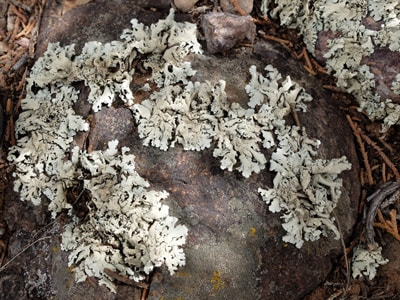
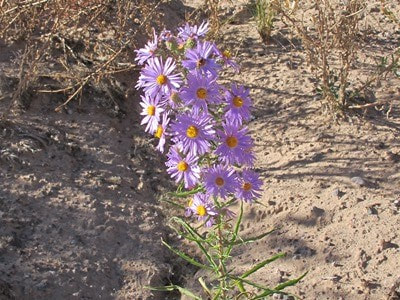
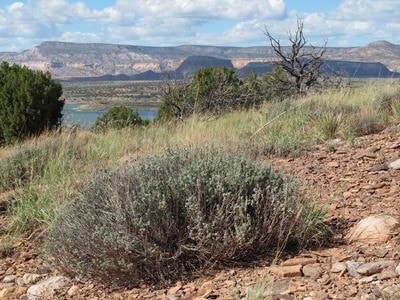
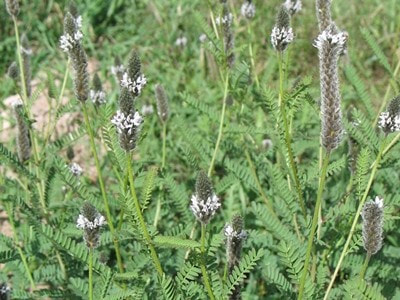
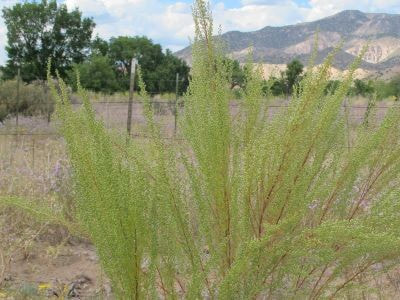

 RSS Feed
RSS Feed